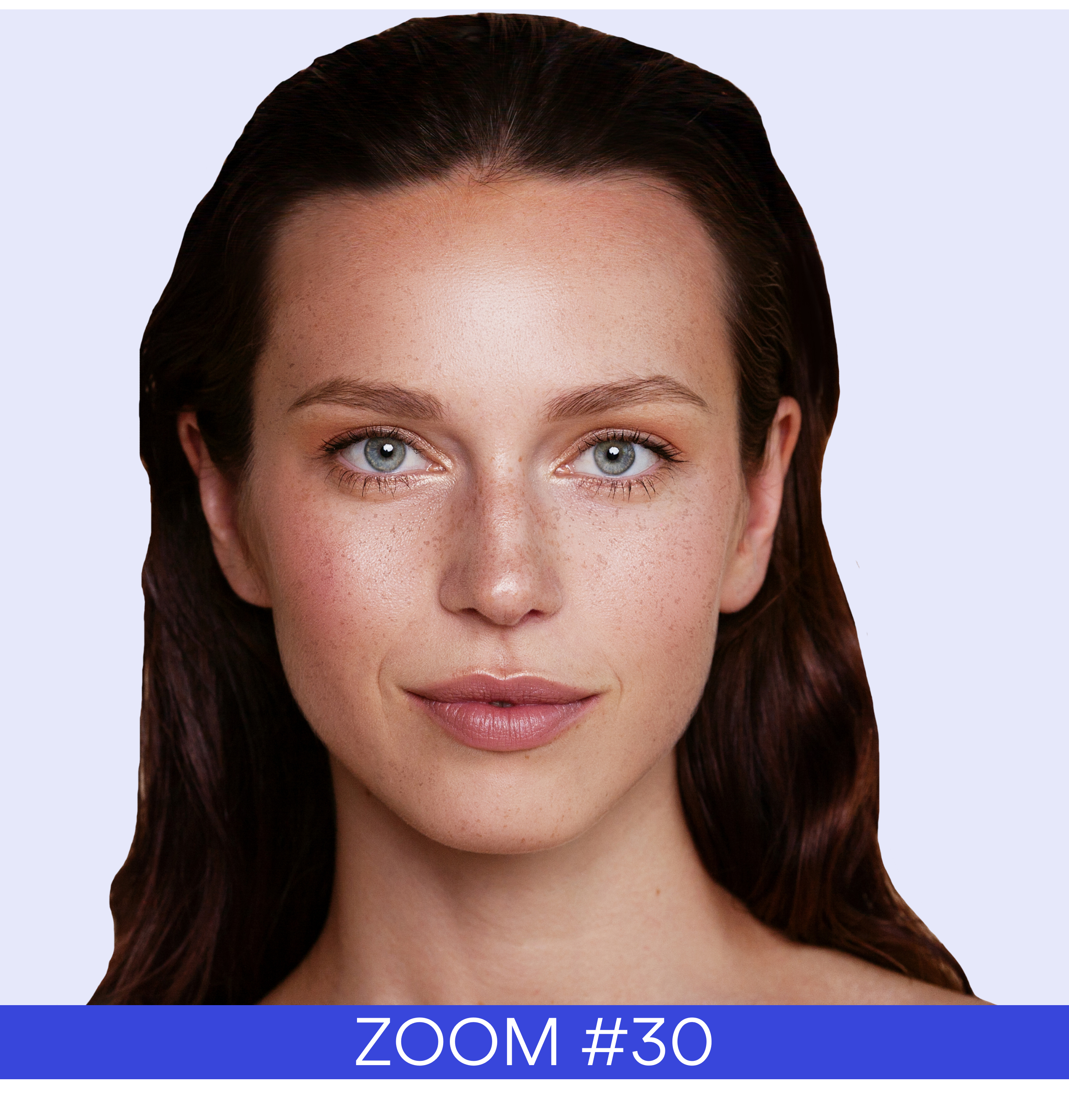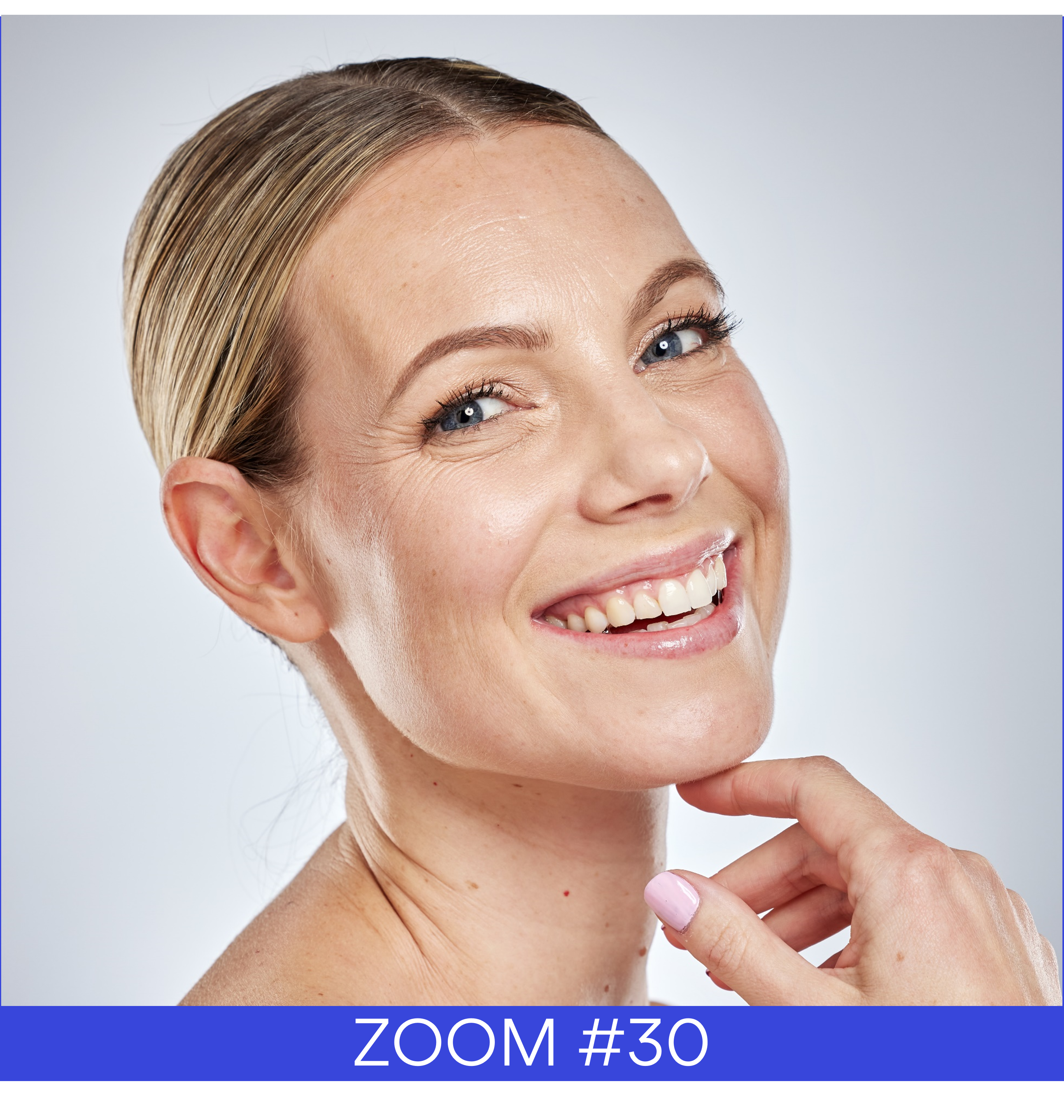Atmospheric pollution is a serious health concern and particulate matter (PM) is considered as particularly deleterious. In fact, ultrafine particles contain toxic compounds such as poly aromatic hydrocarbons (PAH) adsorbed at their surface.
Moreover, they can reach blood circulation and be distributed in the whole body, PAH plasma concentration reaching the nanomolar range. Contamination of deep skin, either by penetration or by systemic exposure is probable. Some PAH are phototoxic: sunlight and pollution might thus synergistically compromise skin health. At concentrations in the nanomolar range, some PAH (benzopyrene or indenopyrene) displayed a strong phototoxicity on keratinocytes under exposure to daily UV (300-400 nm) or to UVA1 (340- 400 nm).
PAH-induced photo-oxidative stress could impair mitochondrial function (membrane polarization and ATP production) and impacted endogenous glutathione homeostasis. Interestingly, among genes controlling glutathione metabolism, SLC7A11 was particularly overexpressed (at gene and protein levels). This suggests that regeneration of GSH might be of huge importance to ensure protection against “photo-pollution” stress.
As proof, pretreatment of cells by buthionine sulfoximine BSO, an inhibitor of GSH biosynthesis, significantly increased PAH-induced phototoxicity. Our results highlight that pollutants could aggravate skin photodamage: specific photoprotection strategies for skin care in polluted area are thus necessary.









 Follow us on Linkedin!
Follow us on Linkedin!